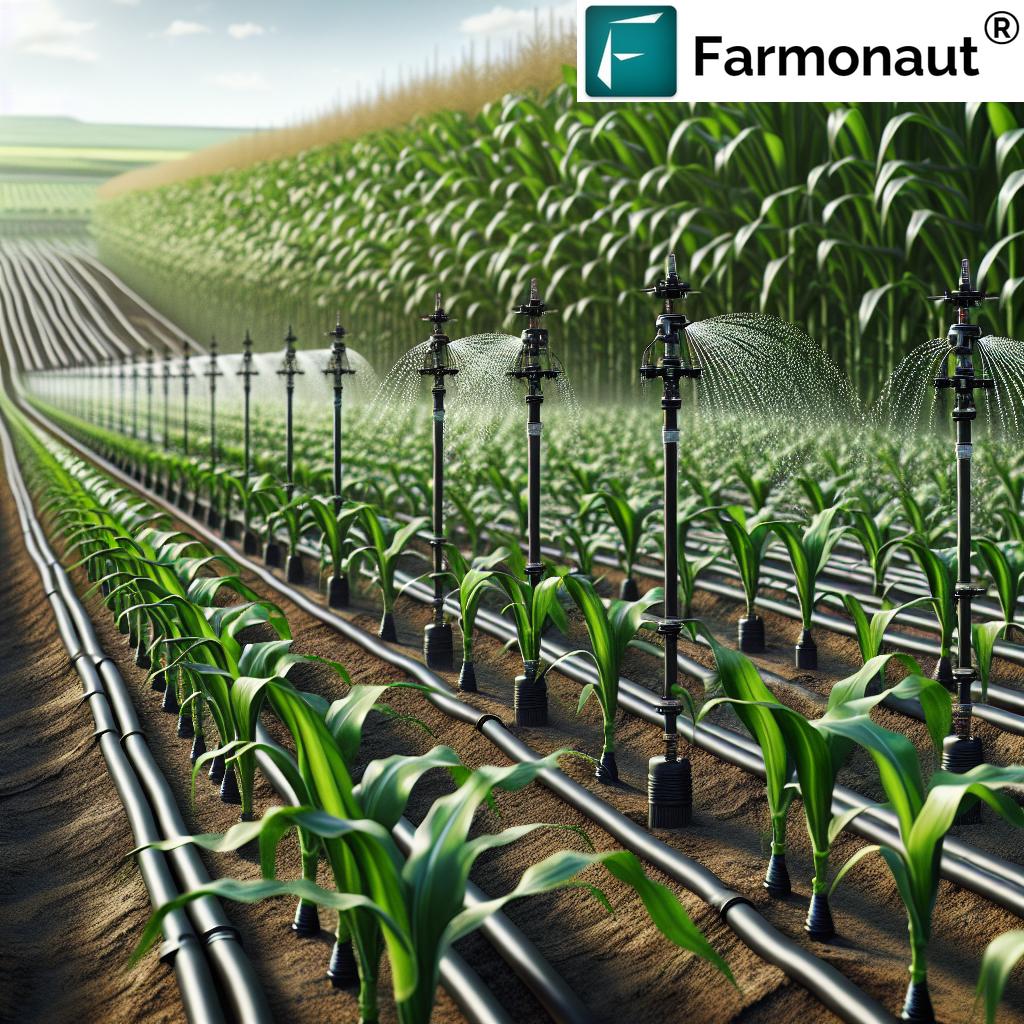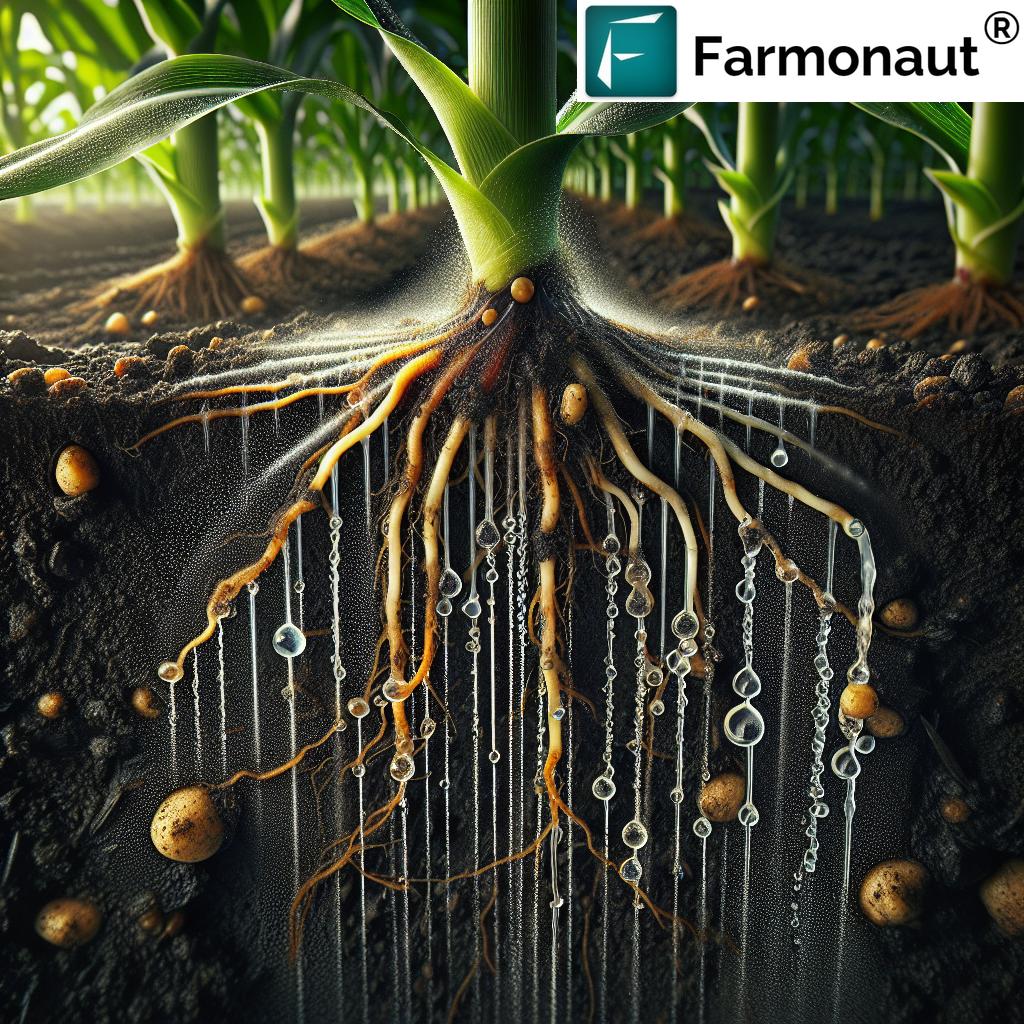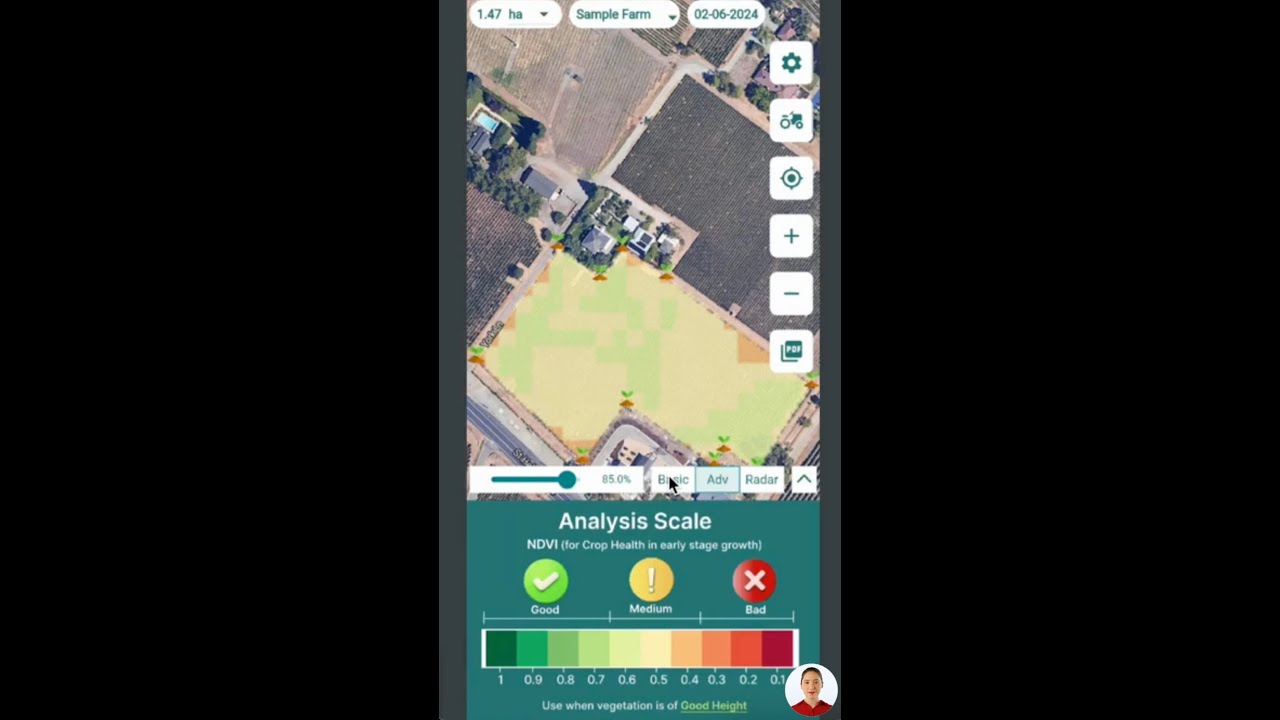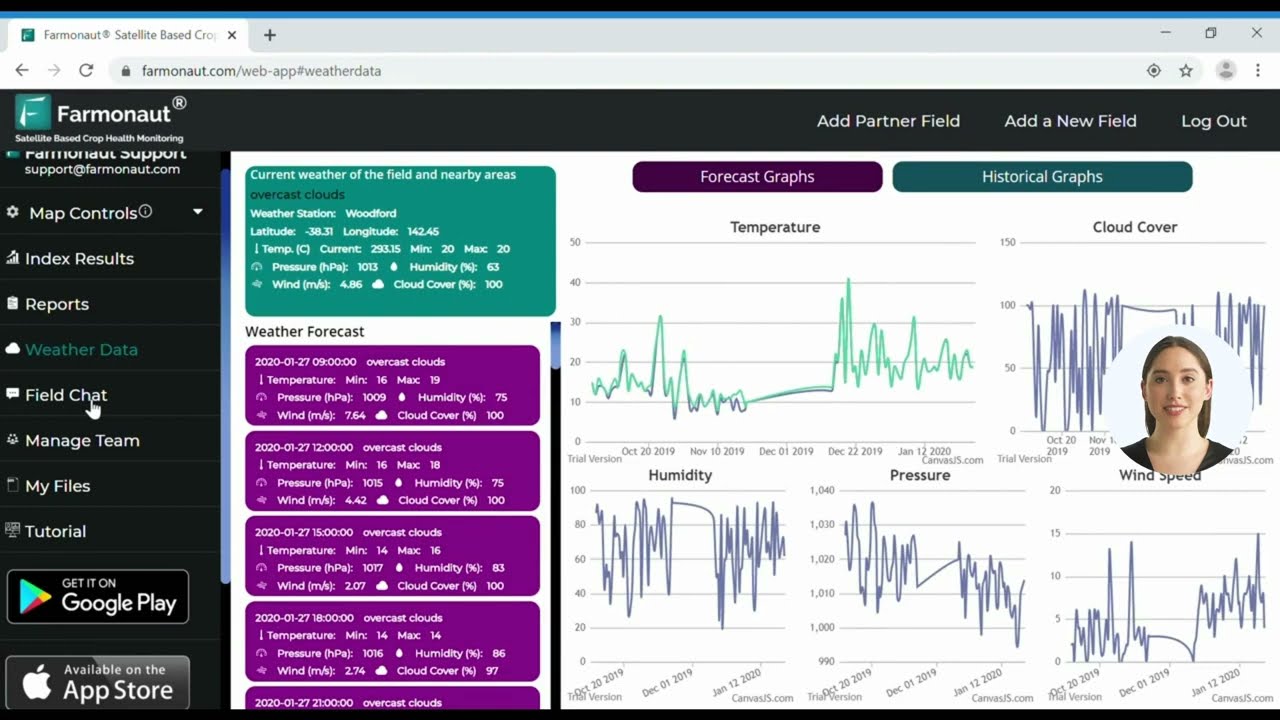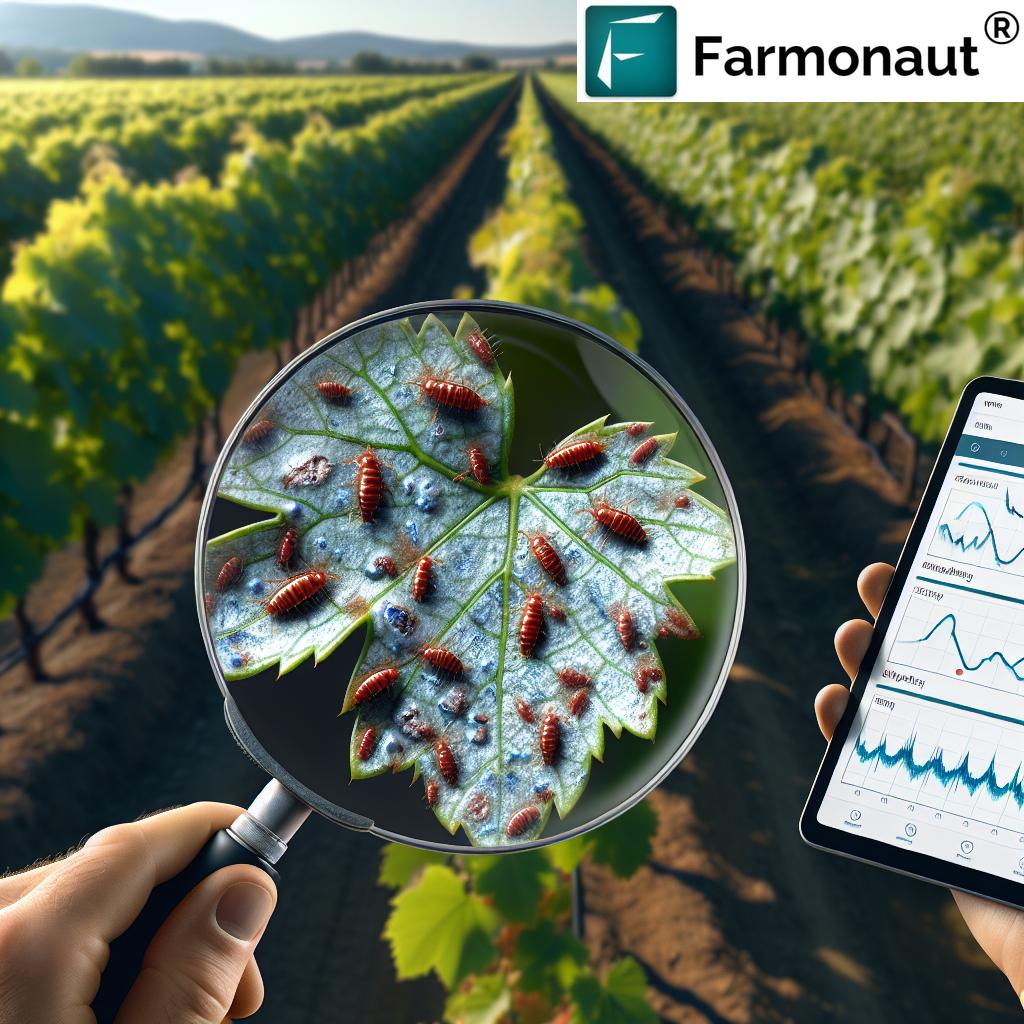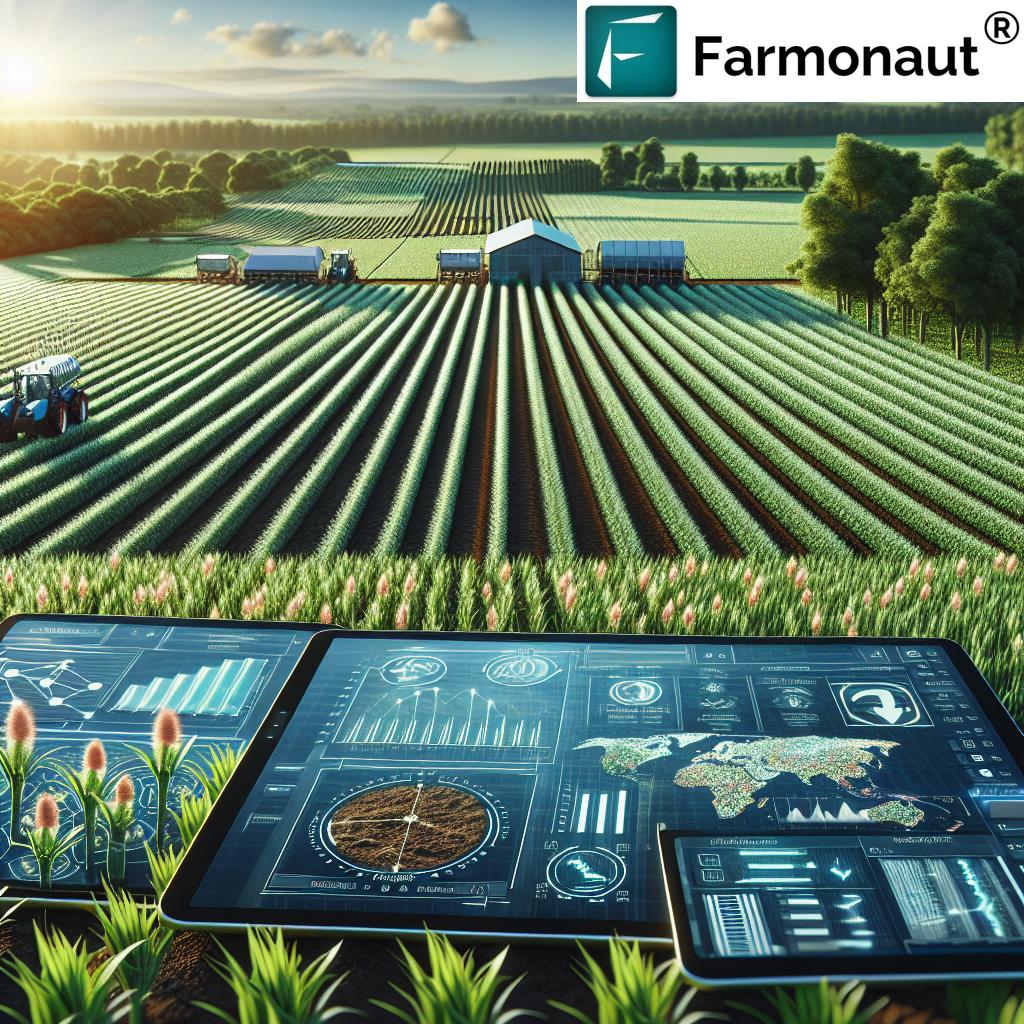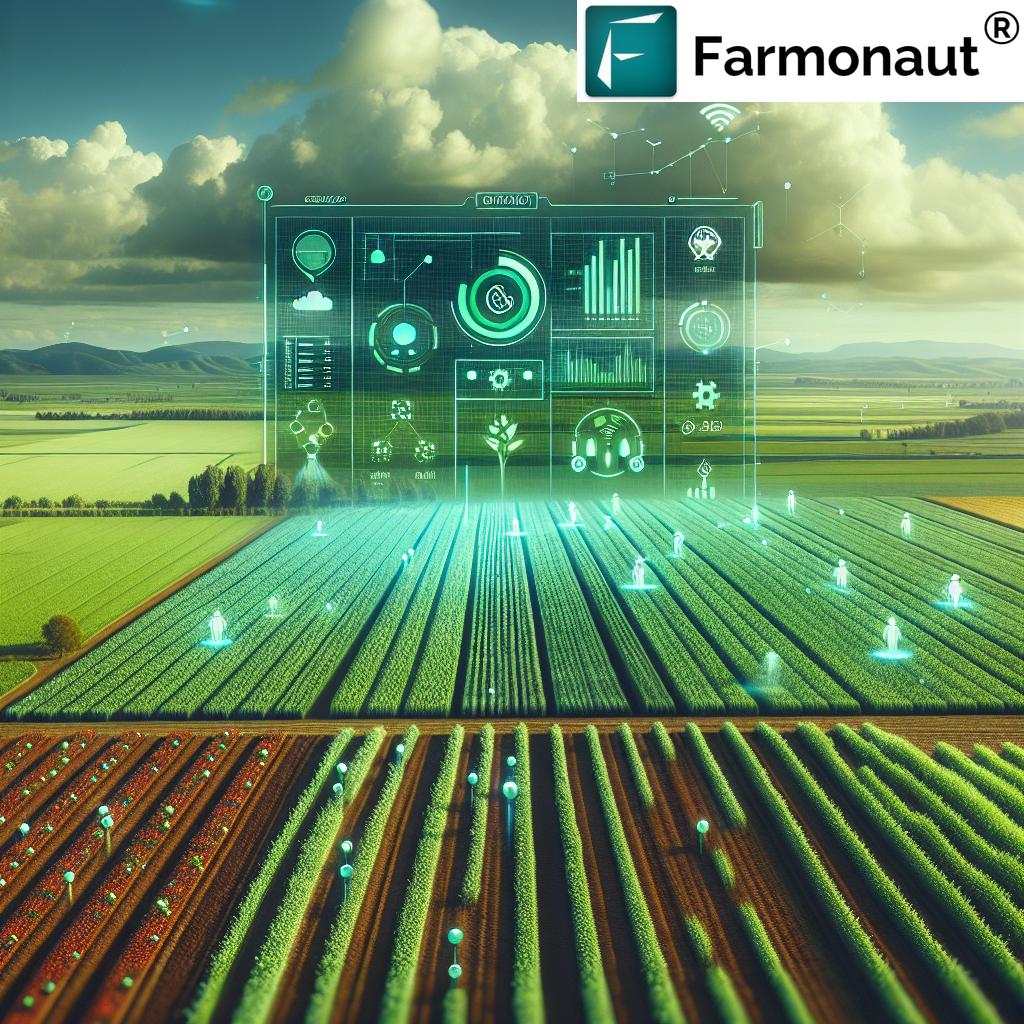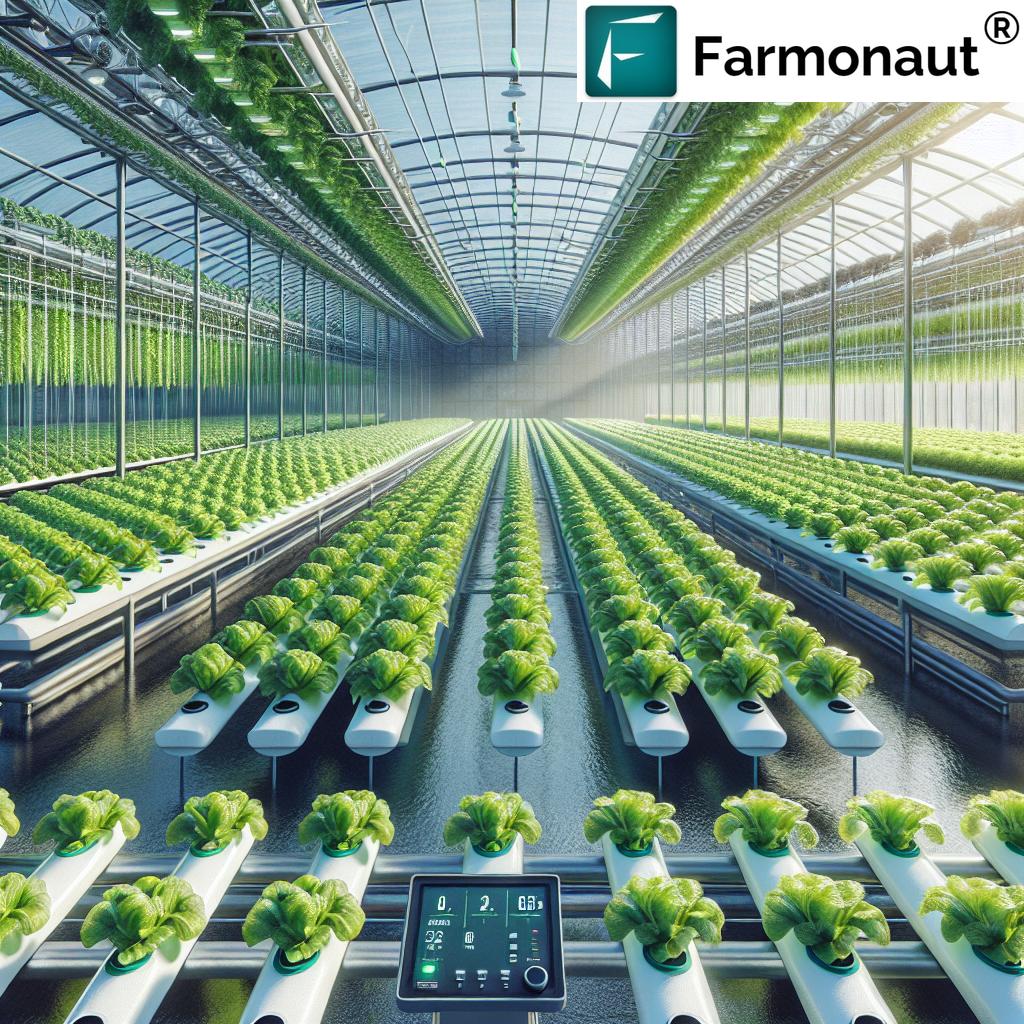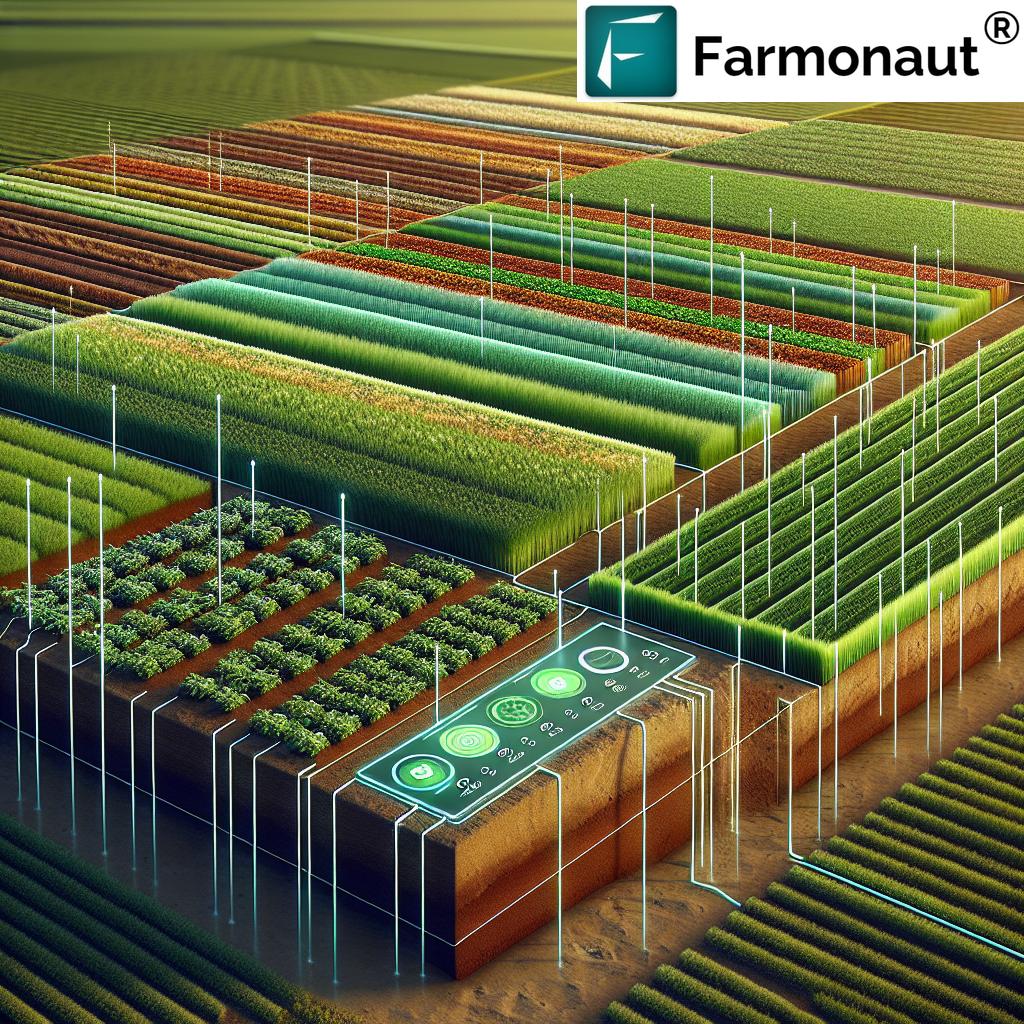“Drip irrigation can increase corn yields by up to 30% compared to traditional flood irrigation methods.”
Drip Irrigation for Corn: Unlock Massive Yield Gains!
As we look toward a future where sustainability, resource efficiency, and maximum yields are critical, drip irrigation for corn emerges as a game-changing method. By delivering water and nutrients precisely to the root zone of corn plants, we can significantly minimize evaporation and runoff. In this comprehensive guide, let’s explore why the benefits of drip irrigation are capturing the attention of farmers worldwide, and how integrating precision irrigation techniques enables us to grow healthier, more productive corn while supporting the environment.
Why Choose Drip Irrigation for Corn?
Traditional irrigation methods like flood and sprinkler systems have dominated corn farming for decades. Yet, with unpredictable weather, mounting water scarcity, and increasing fertilizer costs, our need for water efficient farming methods has never been more urgent.
Drip irrigation for corn meets these demands by enabling us to:
- Apply water directly and uniformly to the root zone, drastically reducing water loss through evaporation and runoff.
- Implement precision irrigation techniques tailored to specific growth phases and soil requirements.
- Enhance fertilizer application efficiency, ensuring seamless nutrient delivery with minimum leaching risk.
- Support weed and disease control by minimizing excess soil moisture and reducing canopy humidity.
- Significantly reduce labor and operational costs through automated systems.
- Unlock substantial yield improvements, translating into higher gross income per acre.
- Embrace more sustainable, environmentally friendly farming practices.
Water Efficiency and Resource Savings in Drip Irrigation for Corn
Corn, with its high water demand (requiring around 22–30 inches or 560–760 mm annually), is especially sensitive to water availability, particularly in the early reproductive stages. Drip irrigation transforms the way we supply this vital resource:
- Direct Delivery to Roots: The system of valves, pipes, tubing, and emitters ensures water is applied slowly and uniformly—right where plants need it.
- Reduces Waste: This technique minimizes evaporation and surface runoff, so less water is lost to the environment.
- Better Water Use Efficiency: Studies confirm that corn irrigation systems using drip can slash water use by up to 40% compared to flood irrigation—all while supporting healthy crop growth.
- Supports Moisture at Critical Phases: We can precisely schedule irrigation around key developmental stages, supplying adequate moisture when crop needs are highest for improved yield outcomes.
By reducing water loss in agriculture, drip irrigation sets the gold standard for water efficient farming methods—helping us cultivate more with less and future-proof our farming operations even amidst growing environmental challenges.
Enhanced Fertilizer Application in Drip Systems: Precision & Uniformity
Modern drip irrigation systems can be seamlessly integrated with fertigation setups—meaning we can deliver fertilizers in solution directly into the root zone through the same network that delivers water.
- Precise and Uniform Nutrient Distribution: Fertilizer application in drip systems ensures that all plants receive targeted nourishment, without gaps or over-application.
- Reduced Risk of Over-Fertilizing and Leaching: By applying nutrients only as needed and right where they are absorbed, we avoid the “one size fits all” approach—and the costly nutrient loss that comes with it.
- Documented Savings: Scientific studies show that drip-irrigated corn requires 24% less fertilizer than flood methods and 17% less than sprinklers, lowering production costs and limiting environmental impact.
This precision irrigation technique not only improves crop health and uniformity but aligns perfectly with global sustainability mandates to use fewer inputs for more food.
For actionable insights on when and how to apply fertilizers most effectively, utilize precision data from the Farmonaut App—with AI-powered real-time advisories and multispectral satellite imagery.
Precision Irrigation Techniques for Corn: Components & Working Principles
To fully realize the advantages of drip irrigation, we must understand how a drip irrigation system for corn is designed and implemented.
Key Components of Drip Systems
- Valves: Regulate the flow and timing of water distribution, enabling precise control for individual fields or zones.
- Pipes & Tubing: These create the backbone network that transports water and any dissolved nutrients across our field efficiently.
- Emitters: Specialized outlets deliver water directly onto the soil surface, right at the base of plants, ensuring consistency and targeted hydration.
- Filtration Units: Filter particulates and prevent clogging, a crucial aspect of proper system maintenance.
- Programmable Controllers: Automate irrigation scheduling so water and fertilizer are applied when needed most, reducing manual intervention and labor costs.
Operating Principles
- Water and nutrients are pushed through the pipes and tubing using low pressure, ensuring efficient delivery with minimal energy use.
- Emitters deliver water slowly and uniformly at ground level in the root zone, matching crop uptake rates and reducing standing water.
- Scheduling is tailored to plant needs— with more frequent, smaller doses during critical growth periods and less during maturity or dormancy.
The result: Optimized irrigation, enhanced yields, and greater resilience against both drought and overwatering.
“Corn fields using drip irrigation use up to 40% less water, significantly boosting sustainability and resource efficiency.”
Increase Corn Yield With Drip Irrigation
The ultimate question: How much more corn can we grow with drip irrigation? Rigorous studies and field trials confirm that the switch to drip systems can substantially increase yield and, by extension, farm profitability.
- Yield Boosts: Multi-year research from Precision Planting’s Technology Institute found that surface drip irrigation increased corn yields by an average of 57.6 bushels per acre compared with non-irrigated controls, translating to major gains in gross income per acre.
- Consistent Results Across Environments: Whether in semi-arid climates or temperate zones, when drip irrigation is properly managed, the benefits manifest as both improved stands and more uniform ear development.
- Stability Through Stress: By delivering moisture when weather patterns are unpredictable, we avoid the classic yield losses associated with drought stress during reproductive stages.
- Better Resource Conversion: Drip irrigation-grown corn produces 45% more per kilogram per hectare versus flood-irrigated fields, maximizing every drop.
These outcomes are not reserved only for mega-farms. With scalable digital management platforms like Farmonaut’s Large-Scale Farm Management Tool, even small and medium-sized farmers can access advanced insights to fine-tune irrigation schedules and boost yields.
Environmental Benefits of Drip Irrigation
As we rethink modern agriculture, environmental stewardship becomes paramount. Drip irrigation for corn offers exceptional advantages for sustainable farming:
- Water Conservation: By minimizing waste, drip systems allow us to grow more with less, easing strain on aquifers and river systems.
- Reduced Carbon Footprint: Drip irrigation-grown corn releases 53% fewer carbon emissions compared to flood and 39% fewer than sprinkler systems, mainly due to less energy used and optimized resource application.
- Lower Nutrient Leaching: Fertilizer stays in the root zone, reducing risk of runoff into local waterways and minimizing eutrophication.
- Maximized Output per Input: 45% more bushels per kilogram per hectare, reducing the environmental footprint for every ton of food produced.
For growers who wish to quantify and monitor their environmental progress, platforms like Farmonaut’s Carbon Footprinting Tool provide real-time emissions data, supporting climate-smart practices and compliance with sustainability standards.
Weed and Disease Control in Corn Fields Through Drip Irrigation
By applying water only at the plant base, drip irrigation for corn addresses two persistent field challenges:
- Weed Suppression: Minimal surface wetting reduces the risk of weed establishment between rows and at field edges, slashing post-planting weed competition and herbicide reliance.
- Lowered Disease Pressure: Targeted watering keeps moisture off the plant canopy, reducing overall humidity and making the environment less hospitable for fungal and bacterial diseases.
Strong weed and disease control in corn fields not only leads to healthier plants and higher yields but also supports safer, more eco-friendly production by lessening the need for chemical inputs.
Labor and Energy Savings: How Drip Irrigation Transforms Operations
One of the unsung benefits of modern drip irrigation systems is their dramatic impact on operational efficiency:
- Automation Ready: Drip systems can be programmed to irrigate at optimal intervals, reducing labor needs for manual watering or moving sprinkler pipes.
- Lower Maintenance: With fewer exposed components and less standing water, there’s less wear and fewer breakdowns compared to high-pressure systems.
- Energy Efficiency: Operating at lower pressures means pumps consume less electricity, directly cutting farm energy bills and carbon emissions.
With satellite-powered monitoring and AI-driven management tools, as found in the Farmonaut Large-Scale Farm Platform, we can now oversee resources remotely—substantially reducing decision fatigue and freeing managers to focus on strategic growth.
Drip Irrigation vs. Traditional Irrigation Methods for Corn: Efficiency & Yield Comparison
| Irrigation Method | Estimated Water Savings (%) | Yield Increase (%) | Initial Investment (USD/acre) | Maintenance Effort | Impact on Sustainability |
|---|---|---|---|---|---|
| Drip Irrigation | 30–50% | 20–30% | $1,400 – $2,000 | Medium (periodic cleaning, emitter checks) | High – Reduced water, nutrients, and energy use; less runoff; lower emissions |
| Flood Irrigation | 0% (baseline) | 0% (baseline) | $500 – $700 | High (field prep, leveling, manual application) | Low – High runoff, energy use, and emissions |
| Sprinkler Irrigation | 10–20% | 8–15% | $900 – $1,400 | Medium-High (pipe moves, nozzle checks) | Medium – Some water savings, higher evaporation, moderate emissions |
This comparison showcases how drip irrigation provides the greatest savings in water and energy use, offers substantial yield increases per acre, and dramatically improves sustainability metrics. While the initial investment is higher, ongoing operational savings and ROI can justify this cost for most commercial operations.
Key Considerations and Challenges in Drip Irrigation Implementation
As we consider the transition to drip irrigation for corn, it’s important to evaluate the practical aspects and maintenance requirements of this modern farming method:
- Initial Investment: Setting up a comprehensive drip system costs between $1,400 and $2,000 per acre, factoring in field size, pipes, valves, tubing, filters, and controllers.
- Maintenance Needs: To prevent clogging and ensure efficient operation, systems require regular flushing, filter cleaning, and periodic emitter checks—especially in areas with hard water or sediment-rich sources.
- Plastic Waste Management: Since drip tape and tubing involve significant plastic use, proper disposal or recycling is vital for minimizing environmental impact.
- Design Is Critical: Subpar planning—such as incorrect emitter spacing or improper pipe sizing—can undermine the system’s effectiveness.
Balancing these challenges against long-term savings, improved yield, and environmental benefits is crucial for responsible investment.
For those seeking to offset setup costs or access crop loan and insurance support tied to modern irrigation adoption, explore the Farmonaut Crop Loan & Insurance Advisory for satellite-verified inspections and streamlined application processes.
Leveraging Farmonaut for Data-Driven Corn Irrigation
Installing a precision drip irrigation system is only half the equation—the other half lies in monitoring, optimizing, and adapting our approach based on real-time field data. Farmonaut equips us with a suite of advanced digital solutions tailored to meet these exact needs.
- Satellite-Based Crop Health Monitoring: Get NDVI-powered insights into plant vigor, root zone moisture, and nutrient status, so we irrigate only when and where it matters.
- AI-Powered Jeevn Advisory: Receive automated, field-specific watering and fertigation alerts—perfect for scaling up yield without resource wastage.
- Real-Time Resource Tracking: Audit water and fertilizer use, monitor field progress, and identify any developing issues before they threaten yield.
- Mobile-Responsive Platform Access: Manage field data from anywhere with Farmonaut’s mobile apps (Android & iOS) or web app.
- Blockchain-Based Traceability: For those in contract farming or food supply chains, Farmonaut Traceability assures transparency—from field to consumer—for premium markets.
The Farmonaut API (API Access, Developer Docs) enables seamless integration with existing agri-software, while fleet management solutions (Fleet Management Tool) optimize equipment usage during peak irrigation events.
Frequently Asked Questions About Drip Irrigation for Corn
What is drip irrigation for corn and how does it differ from traditional methods?
Drip irrigation for corn is a method of delivering water and nutrients straight to the root zone through a specialized system of valves, pipes, tubing, and emitters. Unlike flood or sprinkler irrigation, it applies water slowly and uniformly, minimizing evaporation and runoff and greatly improving overall irrigation efficiency.
What are the main benefits of using drip irrigation for corn?
- Significant water savings – up to 40%
- Substantial yield increases – up to 30%
- Enhanced fertilizer use efficiency through targeted fertigation
- Improved weed and disease control by keeping foliage and inter-row areas dry
- Lower energy and labor costs through powerful automation features
- Reduced carbon footprint and overall environmental impact
How much does it cost to install a drip irrigation system for corn?
The typical initial investment ranges from $1,400 – $2,000 per acre, depending on field size, topography, and component selection. While this is higher than traditional methods, ongoing operational savings and yield improvements can provide a favorable ROI.
How does drip irrigation help reduce weed and disease in corn fields?
Since water is only delivered at the plant base, there is less moisture available for weed seeds to germinate and less humidity in the canopy to foster disease development—leading to healthier plants and reduced pesticide use.
Can drip systems be automated?
Absolutely. Modern drip irrigation systems can include programmable controllers, allowing for set-and-forget irrigation and fertigation schedules, especially when combined with satellite and sensor-based monitoring, as offered by Farmonaut.
How do I monitor my crop’s health and irrigation needs using technology?
Platforms like Farmonaut provide real-time crop monitoring via satellite, AI-powered advisories, soil moisture analytics, and even carbon footprint calculation for holistic, data-driven management.
Is drip irrigation suitable for small and large farms alike?
Yes. Drip irrigation is highly scalable and can be adapted to diverse farm sizes, from smallholder to industrial-scale operations, especially with modular digital support like Farmonaut’s Large-Scale Farm Management Platform.
What environmental benefits does drip irrigation offer for corn cultivation?
It significantly reduces the environmental footprint by lowering water use, cutting emissions, improving nutrient use efficiency, and decreasing chemical runoff.
For direct monitoring, tools like the Farmonaut Carbon Footprinting Solution are invaluable.
Conclusion: The Future of Corn Farming–High Efficiency, High Sustainability
By adopting drip irrigation for corn, we position ourselves at the forefront of sustainable agriculture—growing healthier and more productive crops while preserving precious resources. The synergy of precision irrigation techniques, advanced technology, and data-driven management (with support from platforms like Farmonaut) empowers us to:
- Maximize yield per acre, increase profitability, and create resilient operations that thrive despite climatic uncertainty
- Reduce water, fertilizer, and energy waste
- Support environmental sustainability and meet evolving regulatory/market demands
- Lower labor costs, streamline operations, and adopt future-ready agricultural practices
While initial investments, maintenance needs, and plastic waste disposal require careful planning, the long-term benefits of drip irrigation far outweigh these manageable challenges, making it an essential pillar for the next generation of corn farming.
For those looking to take their farm management to the next level—no matter your size or location—we recommend starting your digital journey today by leveraging mobile-responsive tools, real-time satellite data, and the innovative ecosystem of Farmonaut.


